Passover Preparations in the Sister Haggadah. British Library (Public Domain)
Unleavened bread, matzo or matzah, is a type of bread that is made without yeast or any other leavening agent. It is typically made from flour & water & is often eaten during the Jewish holiday of Passover, where it symbolizes the haste with which the Israelites left Egypt & the lack of time to let their bread rise. The Bible does not specify which grains were used for this bread, but it is likely that the bread mentioned in the Bible was made from wheat, barley, or spelt, which were common grains in the ancient Near East.
Bitter herbs are a variety of herbs that are eaten during the Passover Seder to symbolize the bitterness of slavery in Egypt. The bitter herbs are typically dipped in salt water before eating to represent the tears shed during the Israelites' slavery in Egypt.
The Bible does not specify which grains were used for this unleavened bread, but it is likely that the bread mentioned in the Bible was made from wheat, barley, or spelt, which were common grains in the ancient Near East.
Bitter herbs are oftren a combination of herbs that are eaten during the Passover Seder to symbolize the bitterness of slavery in Egypt. The bitter herbs are often dipped in salt water before eating to represent the tears shed during the Israelites' slavery in Egypt.
The Mishnah specifies 5 types of bitter herbs eaten on the night of Passover: ḥazzeret (lettuce), ʿuleshīn (endive/chicory), temakha, ḥarḥavina (possibly melilot, or Eryngium creticum), & maror (likely Sonchus oleraceus, sowthistle).
Hazzeret
Hazzeret isthought to be a domestic lettuce. The word is cognate to other Near-Eastern terms for lettuce: the Talmud identifies hazzeret as hassa, similar to the Akkadian hassu & the Arabic hash.
The Talmud remarks that Romaine lettuce is not initially bitter, but becomes so later on, which is symbolic of the experience of the Jews in Egypt. The "later" bitterness of lettuce refers to fact that lettuce plants become bitter after they "bolt" (flower), a process which occurs naturally when days lengthen or temperatures rise.
Wild or prickly lettuce (Lactuca serriola) is listed in Tosefta Pisha as suitable for maror. However, its absence from the approved list in the Mishnah & Talmud indicate that it is not suitable.
`Ulshin
The second species listed in the Mishnah is `ulshin, which is a plural to refer to both wild & cultivated types of plants in the genus Cichorium. The term is cognate to other near-eastern terms for endives.
Tamcha
The Talmud Yershalmi identified Hebrew tamcha with Greek γιγγίδιον gingídion, which has been positively identified via the illustration in the Vienna Dioscurides as the wild carrot Daucus gingidium.
Horseradish likely began to be used later, because leafy vegetables like lettuce did not grow in the northern climates Ashkenazi Jews had migrated to, & because some sources allow the use of any bitter substance.
Many Jews use horseradish condiment (a mixture of cooked horseradish, beetroot & sugar), though the Shulchan Aruch requires that maror be used as is, that is raw, & not cooked or mixed with salt, vinegar, sugar, lemon, or beets.
Harhavina
The identity of harhavina is somewhat disputed. It may be melilot or Eryngium creticum.
Maror
The identity of this species was preserved among the Jews of Yemen as the plant Sonchus oleraceus, a relative of dandelion native to Israel. The word "maror" is an autohyponym, referring both to this species specifically, & to any species suitable for use at the Seder.
Passover in the Hebrew Bible by William Brown
Passover is a Jewish festival celebrated since at least the 5C BCE, typically associated with the tradition of Moses leading the Israelites out of Egypt. The festival was originally celebrated on the 14th of Nissan. Directly after Passover is the Festival of Unleavened Bread, which most traditions describe as originating when the Israelites left Egypt, & they did not have sufficient time to add yeast to the bread to allow it to rise.
Though the Hebrew Bible describes the origins of Passover, these texts were likely composed after the 6C BCE & include evidence for editorial additions, expansions of older texts. Three characteristics emerge concerning the nature of Passover as represented in the Hebrew Bible:
Passover is associated with Yahweh, though not necessarily Yahweh's leading the Israelites out of Egypt or passing over the doorposts of their households. In analyzing & proposing a history for the textual growth of Exodus 12:1-28, Professors Simeon Chavel & Mira Balberg suggest that the oldest layer of text in Exodus 12 does not feature "Israel's liberation through Yahweh's smiting of Egypt & does not explicitly advance it" (Chavel 2018, 299), essentially characterizing it as an ambiguous piece of folklore about a festival.
Subsequent editors provided further ritual parameters & explanation of Yahweh's actions: all Israelite families must participate in consuming a one-year-old male lamb; the lamb should be flame-broiled, entirely consumed by the morning after Passover, & eaten quickly; & Yahweh will skip over or shield the Israelite households who put the lamb's blood on the doorpost from a destructive force killing their firstborn. Exodus 12:27, a response to the question concerning the purpose of celebrating Passover in future generations, best demonstrates the association between Passover & the killing of every firstborn in Egypt: “It is a Passover sacrifice for Yahweh, who passed over the houses of the Israelites in Egypt when smiting Egypt; but he rescued our homes.” Passover was intended to be a performance & remembrance of Yahweh's act of protecting the firstborns of Israel while in Egypt, itself a sign of Yahweh's devotion to the Israelites.
Though Passover is often perceived as a unified, traditional ritual, Biblical passages describe divergent rituals & reflect changes over time in the historical context.
The rituals concerning the actions on Passover develop throughout the Hebrew Bible such as this example, in Exodus 12:9. Moses commands the Israelites to roast with fire the Passover lamb sacrifice, explicitly indicating they should not boil it with water. Yet, Deuteronomy 6:7 includes the command “you shall boil” the Passover sacrifice. Then, the author of Chronicles creatively combined the required ritual actions: “So, they boiled the Passover-lamb with fire according to the ordinance” (35:13). Subsequent generations adjusted Passover ritual traditions.
Third, texts in the Hebrew Bible adjust the date of Passover for distinct reasons. Numbers 9:1-14, for example, offers provisions for Israelites who may have missed their opportunity to participate in Passover due to ritual uncleanliness (9:7, 10). Alternatively, Yahweh communicates through Moses that a 2nd Passover celebration is possible. Instead of celebrating on the 14th day of the 1st month, they should celebrate on the 14th day of the 2nd month. There remains an assumption, though, that all Israelites should celebrate Passover: "But the man who is pure, not on a journey, & neglects to perform the Passover, that person should be cut off from his people because he did not bring the offering of Yahweh at its appointed time." (Numbers 9:13).
The book of 2 Chronicles 30 describes Hezekiah's attempt to cause all of Judah & Israel to perform Passover. The text describes that they celebrated it on the 14th of the second month due to the lack of priests available & people present (2 Chronicles 30:2-3). Numbers 9 understands Passover to be an obligation incumbent on the Israelites; when 2 Chronicles 30 was composed, Passover was not perceived to be an obligation upon Israel & Judah.
Exodus 12 presents Passover as a celebration restricted to the households of Egypt (Exodus 12:1-13). Deuteronomy 16 indicates that Passover should be celebrated not at the home: “and you shall sacrifice a Passover-offering to Yahweh, either a sheep or a cattle, at the place which Yahweh will select as a dwelling for his name” (Deuteronomy 16:2), specifically clarifying in Deuteronomy 16:5 that the sacrifice should not be offered locally. When Exodus 12 was composed, Passover was practiced in local towns & households; by contrast, when Deuteronomy 16 was composed, Passover was more regulated, imagined to be practiced in a central temple or sanctuary.
Biblical passages describe divergent rituals, reflect the growth of the Passover tradition, & illuminate changes in the historical context.
Practicing Passover across the Centuries
Early Judaism (c. 5C BCE - 1st C CE) In a group of texts called the Elephantine Papyri, written by members of the 5C BCE Jewish colony of Elephantine, Egypt, Passover is mentioned multiple times. indicating that Jews at Elephantine practiced some form of Passover. Unlike the biblical texts, the Elephantine Papyri can be more precisely dated affirming that Passover was a social practice among some Jews in the 5C BCE.
Composed in the 2C BCE, the Book of Jubilees is a rewritten version of Genesis & Exodus. One goal of Jubilees is to clarify the Jewish calendar for celebrating festivals. The book of Genesis narrates a story about how Yahweh tested Abraham by commanding him to kill his only son, providing a ram at the last minute. Jubilees 19:18, though, additionally describes how Abraham celebrated a festival for Yahweh after Yahweh provided a ram in lieu of having to sacrifice Isaac, his firstborn. The festival is the Festival of Unleavened Bread, which is typically associated with Passover, occurring 7 days following Passover. Jubilees establishes that the Festival of Unleavened Bread, thar Passover, was established prior to the Israelite exodus out of Egypt.
Passover in Early Christianity (c. 1C CE to 3C CE)
Passover plays a central role in the growth of Christianity as a distinct religious tradition from Judaism. By the 1C CE, Josephus & the Gospels indicate that Passover drew large crowds of Jews to Jerusalem, the central cult site for the celebration of Passover. Jesus he was a practicing Jew who lived in the 1C CE.
Jesus & The Last Supper
John 19:31 portrays Jesus as a Passover lamb, whose sacrifice would ultimately cause God to redeem humanity. Paul explicitly describes Jesus as a Passover lamb as he extends the imagery of unleavened bread metaphorically into the realm of morality (1 Corinthians 5:6-8). Similar depictions of Jesus appear in 1 Peter 1:19 & Revelation 5:6. The association of Jesus' death with the Passover sacrifice “points to an understanding of the sacrifices of the Passover lamb as the remembrance of God's past act of redemption that foreshadowed the sacrifice of the Lamb of God as God's ultimate act of redemption” (Mangum 2016). Early Christians, who perceived themselves as practicing Jews, reframed the traditional narrative of Passover to highlight Jesus as a redemptive figure for all of humanity.
Rabbinic Judaism (c 1C CE to 7C CE)
Rabbinic Judaism developed, in response to the destruction of the Jewish temple in Jerusalem in 70 CE. Without the temple, Jews could no longer offer sacrifices. It is from this context which Rabbinic Judaism emerged, providing ways to worship God & perform the various ritual festivals even though the Jewish temple was no longer standing. Rabbinic Judaism sought to establish “that the Passover celebration can & should continue even without the paschal lamb,” that is the Passover lamb (Bokser 1984, 48). Although ancient Israelite & Judean religion, along with Early Judaism, perceived the temple to be central to their worship, the destruction of the Jewish temple in 70 CE forced the Rabbis to reconsider how they would perform their ancient rituals.
The Tosefta, a Rabbinic Jewish text of codified traditions & laws (3C CE), discusses the role of unleavened bread & bitter herbs, two foods mentioned in Exodus 12:8: “They shall eat the flesh that same night; they shall eat it roasted over the fire, with unleavened bread & with bitter herbs” (Exodus 12:8; 1985 JPS Translation). Because this passage indicates that 3 things are eaten together, namely the Passover lamb, bitter herbs, & unleavened bread, the Rabbis equated bitter herbs & unleavened bread with the Passover sacrifice.
Passover in the Ancient Near East
Passover as a festival is reflective of its broader ancient Near Eastern context in the use of blood at the entrance of the house combined with regard to the firstborn. One of the fundamental aspects of Passover is putting the blood of the Passover lamb upon the gateposts of the household, that is the front entrance: They shall take from the blood of the Passover lamb & put it upon the two doorposts & upon the upper-cross piece of the door upon the house within which they will eat it among them. (Exodus 12:7)
Applying the blood onto the door of the household warded off negative influences. In the context of Exodus 12, the “negative influence” is reference yo the destructive force which kills every firstborn.
Likewise, the Arslan Tash amulet from the 7C BCE discovered in Syria, includes a reference to “doorposts:” “And let him not come down to the door-posts.” Here, the “doorposts” are the boundary into the home, the location where the amulet was possibly placed for preventing negative influences on the household.
Additionally, a ritual called zukru, from a text discovered in Emar, Syria, shows remarkable similarities to Passover. First, both festivals began on the 14th day of the 1st month, lasting 7 days. Second, the ritual for Passover & zukru both involve the smearing of blood on posts – the posts in Passover are to the house, the posts in zukru are at the city gates. Third, zukru is primarily a festival of “(the offering of) the (firstborn) male animals” to Dagan, a Syrian deity (Cohen 2015, 336). Likewise, Exodus 34:19 associates Passover with the offering of firstborn animals. The speaker, Yahweh, says: “All first-born of a womb are mine, as well as your male livestock, the first born of cattle & sheep.” These passages demonstrate that Passover rituals are similar to broader ancient Near Eastern traditions.
.jpg)
.jpg)
.jpg)

+Flora.jpg)

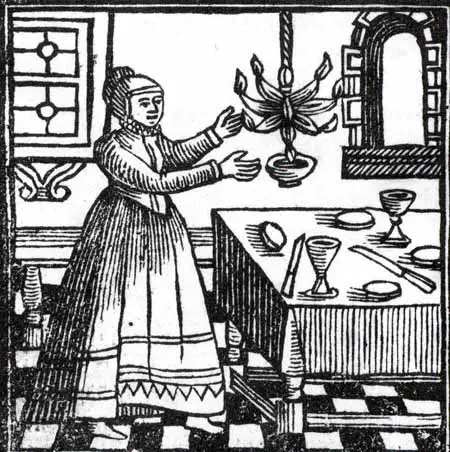
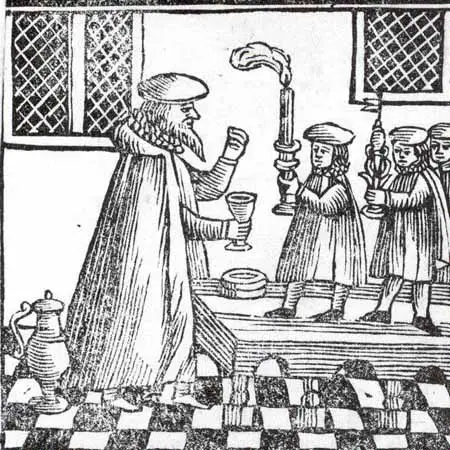
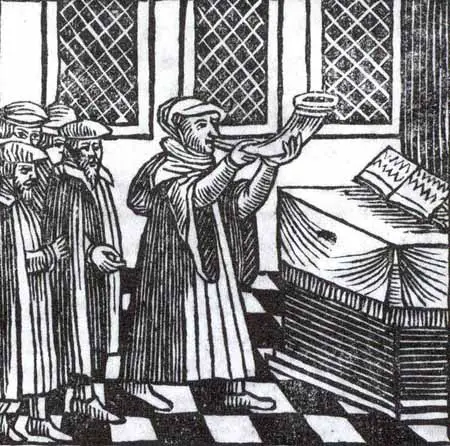
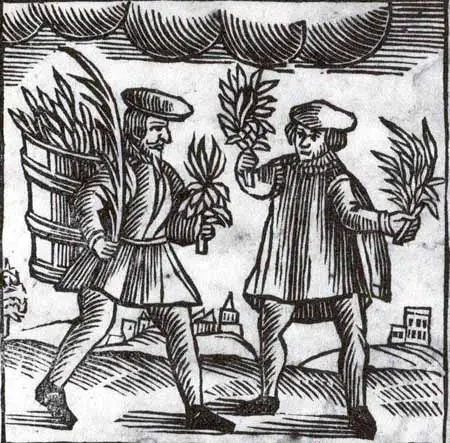
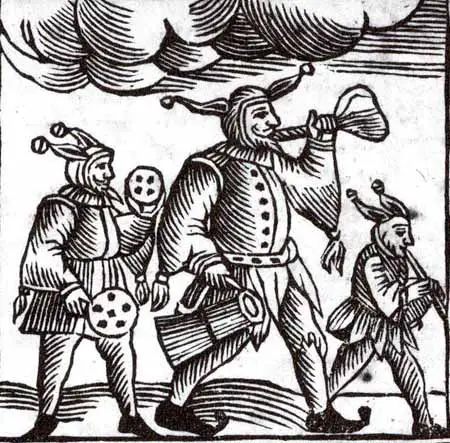
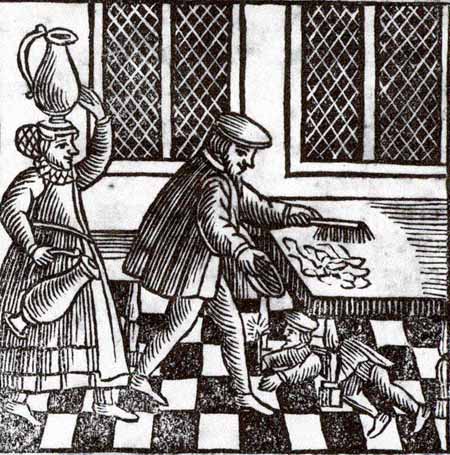
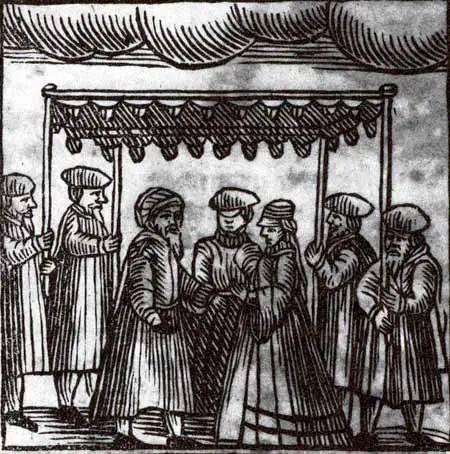
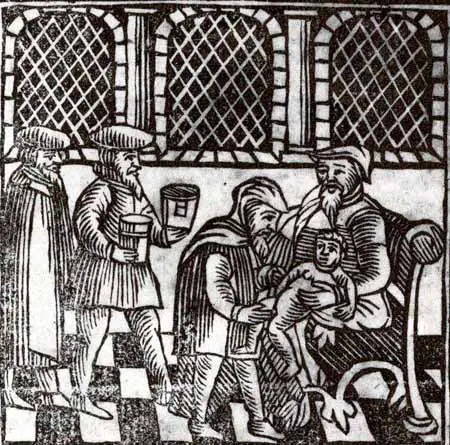
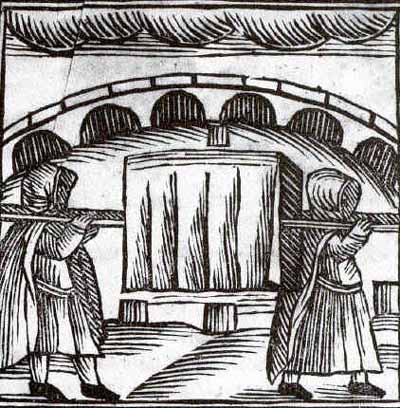
.jpg)
%2B-%2BPortr%C3%A4t%2Bder%2BMarquise%2Bde%2BGueydan%2Bals%2BFlora.jpg)
.jpg)
%2B-%2BPortrait%2BOf%2BFran%C3%A7oise%2BD'Escravayat%2C%2BMarquise%2BDe%2BLa%2BBarri%C3%A8re%2C%2BAs%2BFlora%2C.jpg)

%20-%20Marie%20Therese%20Bloneldharau%20as%20Flora.jpg)

.jpg)
%20Woman%20with%20a%20Spring%20Flower%20Basket.jpg)

%20-%20Louise%20Anne%20de%20Bourbon%20Comtesse%20de%20Charolais%201731.jpg)
.jpg)
.jpg)
%20%20%20(2).jpg)

%20-%20Marie%20Louise%20_lisabeth%20d'Orl_ans%20as%20Flora.jpg)
.jpg)
%20-%20Henriette%20of%20France%20as%20Flora.jpg)
.jpg)


.jpg)


.jpg)